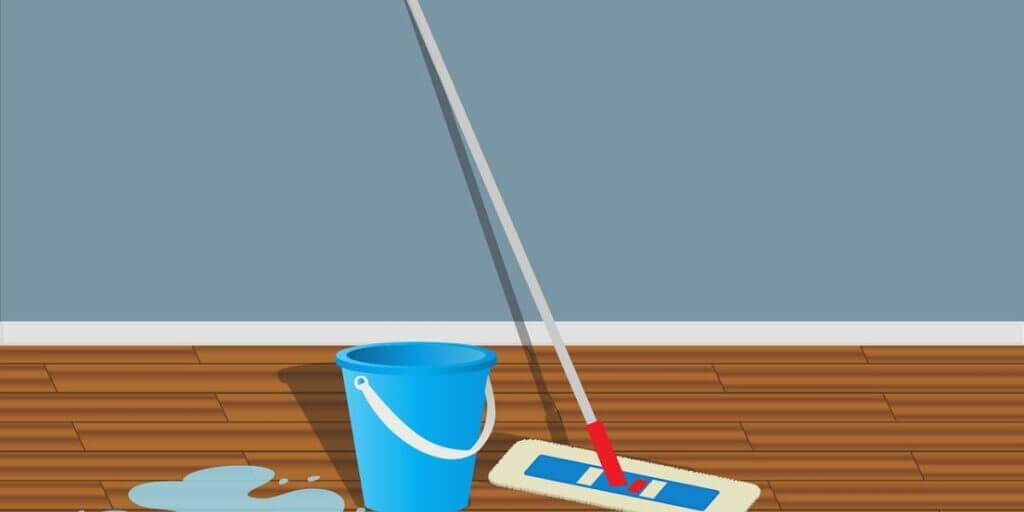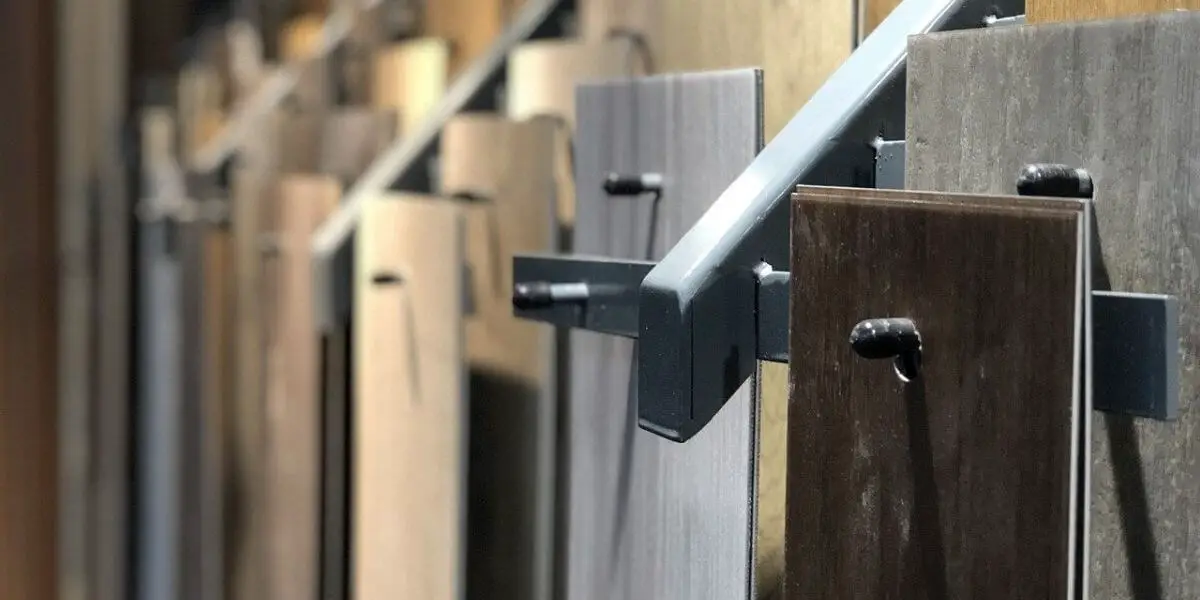Laminates are thin seats with a smooth surface made up of several layers. Laminates are used for furniture countertops, floors, walls, ceilings and many other applications. It provides a smooth surface and an attractive look to the furniture at a low cost.
Laminates are mainly used to enhance the appearance of furniture and protect it from dust and moisture. Additionally, they increased the strength, stability and durability of the furniture. Laminates are widely popular as surfacing materials.
Many types of laminate come in different colors, textures, and thicknesses. There are many ways to apply them on furniture, mainly using laminating wood or plywood.
Types of Laminates
Laminate can be classified into several parts based on uses, thickness, pressure, finishing, and other properties.
Types of Laminates Based on Use
Decorative Laminates: This type of laminate has more attraction and pattern. Its thickness is about 1 mm. This type of laminate is the most common. This type of laminate is the best choice for decorating and protecting wooden furniture.
Industrial Laminates: This type of laminate is used for industrial applications. These types of laminates have high strength, which lasts for a long time. These laminates do not scratch easily. They cost more than decorative laminate.
Types of Laminates Based on Thickness
Regular Laminate Sheets: This type of laminate has a thickness range from about 1.5 mm to 8 mm. The laminate is glued to the surface of wood or plywood by glue.
Compact Laminate Sheets: These laminates are about 3 mm to 30 mm thick. It is a self-supporting Laminate. Therefore, It can be used directly; it does not require the support of wood, plywood, or other materials.
Types of Laminates Based on Manufacturing Process
High-Pressure Laminate(HPL): High pressure is applied to kraft paper and other layers while making this type of laminate. It can withstand heavy loads and is extremely durable.
Low-pressure laminate (LPL): Temperatures between 335° and 375° are used to make this type of laminate. Kraft paper is soaked in melamine resin and glued directly to particle board or fiberboard. It is not as strong and heavy load-bearing as HPL.
Types of Laminates Based Surface Finish
Solid Colored Laminates: These types of laminate sheets have one solid color. It is a standard laminate that is used to make kitchen platforms, desks, table tops, etc.
Gloss Finish Laminates: It has a glossy effect on the surface. It is widely used in restaurants, hotels and event industries as it can be easily cleaned even with a wet cloth.
Matt Finished Laminates: This laminate gives flat matt finishes on the surface. Its durability is higher than Gloss Finish Laminates and is expensive. Matt finishing laminates are ideal for professional business offices and computer desks.
Leather Laminate Sheets: This type of laminate gives you a leather appearance surface; it also comes in many colors, like brown, black, and gray. It is used in making cabinets and beds.
Textured Laminates: This type of laminate has a pattern or abstract texture. Their texture can be felt. A laminate sheet has many colors or patterns.
Wood Grain Laminates: This laminate gives a perfectly wooden texture. It looks like solid wood. The emergence of its grain can be felt. It is famous for laminate wood flooring. It is a bit expensive.
Metal Laminates: This type of laminate gives a metallic look, such as aluminum, chrome, and zinc. It is useful for both commercial and residential.
Types of Laminates Based on Advanced Properties
Fire-Rated Laminates: A special fire-resistant resin is applied to make such types of laminates, which makes the laminate fire-resistant. Such laminates are used in kitchens, airports, hospitals, institutions & banks.
Outdoor UV Laminates: This type of laminate is used for outdoor purposes. When the sunlight directly touches the project, it can withstand sun and dust for a long time. It is useful for billboards and siding.
Laminates Pros and Cons
Laminate is a good and useful furniture material. Along with its advantages, there are some cons.
Laminates Pros
Easy DIY Installation: Laminates are very easy to use. It can be easily applied on the surface of wood, plywood and MDF panels. You do not need much experience to install it, but you should have basic knowledge.
Cost-Effectiveness: Laminates are relatively inexpensive materials. Additionally, higher-end laminates or specialized products may have a higher initial cost but can still offer cost advantages in the long run due to their durability and longevity.
Stain and Moisture Resistance: The surface of laminates is smooth and water resistant, which makes it more difficult for stains to penetrate and adhere.
Durable: Laminates are very durable materials; if the laminate is maintained regularly, then it can easily last for 20-30 years. It can withstand moisture and water for a long time.
Easy to clean and maintain: The surface of the laminate is smooth and flat. Due to this, it can be cleaned easily.
Availability: laminate is easily available in the market. It is available in almost every country in the world. It is also available in many colors and patterns.
Laminates Cons
Limited Repairability: Laminates can be challenging to repair, especially once damaged or cracked. It cannot be sanded and refinished. Repairing laminates may involve replacing the entire affected part.
Susceptible to Heat Damage: Laminates can be sensitive to high temperatures. Direct exposure to heat sources can lead to discoloration, warping, or damage to the laminate surface.
“Fake” appearance: If we talk about appearance, it gives better looks. It looks like real wood, but it is not real wood.
Noisy: One drawback of laminate flooring is its tendency to produce noise when walked upon with shoes.
Release toxic: Some laminate materials are manufactured with formaldehyde and other chemicals. So, environmental experts say it can release toxic VOCs, which is not good for health. So, refrain from using such laminates.
Laminates Made of
There are 3 main layers in the laminate.
- Core or Bottom layer: This is the lower part of the laminate. It is thicker than all layers. The core layers are brown paper or kraft paper coated with phenolic resin. After the coating, it becomes hard and solid.
- Decorative layer: Center layers are decorative layers; it is that pattern or color. This layer gives the laminate an appearance.
- Protective layers: This is the final layer of the layers’ laminate, a special chemical coat applied to these layers. This layer protects the laminate from dust, scratches, and moisture.
How to Clean and Care for Laminate Flooring?
Laminate is a beautiful material that gives an attractive look to your furniture and floor. So it is necessary to clean it regularly. Laminate is easier to clean than solid wood.

To clean and care for laminate flooring, follow these steps:
Regular Dry Mop Cleaning: Use a dry mop regularly to prevent dust accumulation. This simple practice helps maintain the cleanliness of the laminate surface.
Gentle Cleaning with Hands: Clean the laminate with a dry or slightly damp cloth by hand. This method is effective for removing everyday dirt and stains.
Protect from Scratches: Place felt pads or furniture protectors under heavy furniture to prevent scratches on the laminate surface.
Regular Inspection: Periodically inspect the flooring for any damage or issues. Addressing problems promptly can prevent them from worsening.
Don’t Do with Laminates
Excessive Moisture: Avoid prolonged exposure to water and excessive moisture, as it can cause warping, swelling, or damage to the laminate surface.
Abrasive Cleaning Materials: Refrain from using abrasive materials, harsh chemicals, or scouring pads, as they can scratch or dull the laminate finish.
Exposure to High Heat: Avoid placing hot cookware on the laminate surface, leading to discoloration, burns, or other heat-related damage.
Dragging Heavy Furniture: Lift heavy furniture rather than dragging it across the laminate floor to prevent scratches or abrasions.
Read other Post

